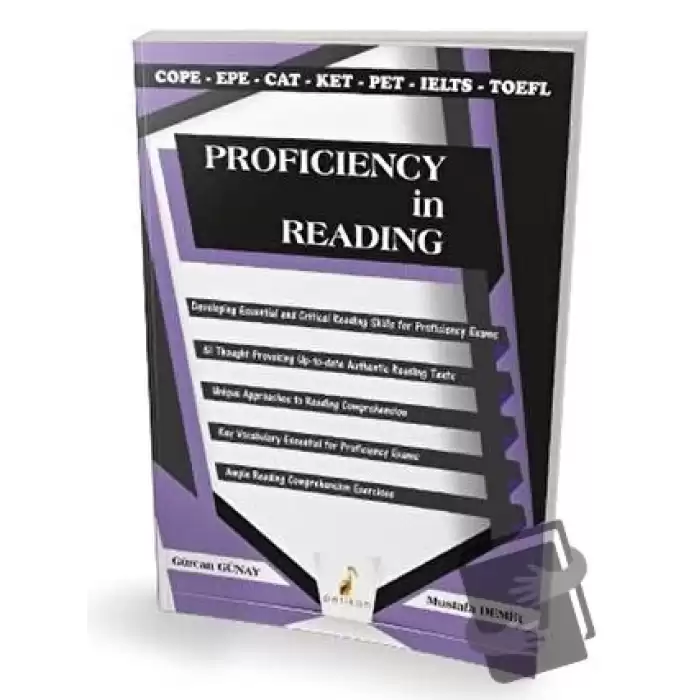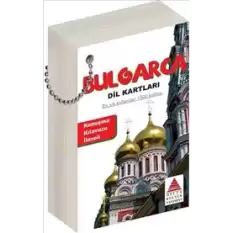In learning a foreign language, there are certain challenges like learning its grammatical structure, adopting a correct pronunciation pattern and most importantly acquiring as many useful words to be able to communicate with as possible. Just as the construction workers lay the foundation of a building as the initial step, someone hoping to learn a language needs to obtain the fundamentals of that language first – its grammar. However, learning process of grammar does not last very long, taking up just a few months at the longest. What's more, grammar should never remain on the surface of the learning medium, pushing the language learner to become grammar-oriented and grammar-conscious at the very beginning of the language learning process. Instead, grammar should be embedded in the learning material, concealed somewhere in the background, and must be acquired subconsciously. Namely, grammar of the language is not something a language learner should worry about that much. The main problem will continue to persist even after spending several years in the target language: vocabulary! Enrichment of vocabulary is the problem of almost all foreign language learners. Even if you have studied a single word for tens of times, the next morning when you see that word again, you may not be able to remember what it means and you get mad at yourself. However, that is quite a natural experience for every language learner and you are not the first person to experience this and won't be the last either. Enriching vocabulary in the target language requires a set of systematic study techniques. In the very first place, memorization, the most commonly referred technique by most language learners, is in fact the most obsolete and unfruitful method, as any memorized word is just like a word written on the sand by the ocean. Only a few seconds will be enough to wipe memorized words out of your mind. Yet most language learners, unknowingly or helplessly, or just because think it is the best way to acquire even more words, resort to this technique. Even after several months, they end up with a small set of words left in their minds from a few thousand targeted words.
This being the case, what should a language learner do to overcome this problem? The answer isnso simple: Get involved in the language you want to learn, love it, be a part of it and always do live together with it! To do this, you have to live in the language, not go around it. You should do a lot of reading every day, without coming up with daily excuses. What's more, you should read texts not in your academic field only or those that appeal to you, but also texts that you don't have any taste
1. You have to see any unknown word over and over in several texts and contexts. Remember, contextual learning is the best and most meaningful learning ever. Retention of words in the mind is only possible through living the language rather than just wanting it.
HOW TO EXPLOIT THIS BOOK?
This book is specially designed for English learners of at least intermediate level. It provides you with hundreds of selected words of high frequency and enables you to see any single word in several different contexts, even with its various word formations. Every unit begins with a paragraph with a different topic, involving twelve target words that have been underlined for you to take notice of.
As the first step, you are to read the paragraph without getting stuck to minimal details and try to comprehend the overall message. While doing this, you should overlook any word or words that you already do not know. Upon reading the text once, you will come across a reading comprehension part, in which you will be asked various kinds of reading proficiency questions. As you are trying to answer these questions, you may need to refer to the text again.
The vocabulary section of every unit is made up of different vocabulary exercises, involving various tasks to be covered. The first exercise of each unit (Exercise A) asks you to guess the meaning of target words that have been underlined in the text. Yet, you are to try to guess the meaning of these words, not asked to refer to a dictionary. In the second exercise (Exercise B), you are given ten sentences, each with a blank space. What you will have to do here is to fill in every blank with one of these target words to complete each sentence meaningfully. Now is the time to get a dictionary to complete Exercise C, where you will see a table to complete with other forms of the given words – nouns, adjectives, verbs, adverbs. While trying to complete this table, try not to refer to a dictionary at the very first step. Just try to come up with as many words as you can from your current vocabulary storage. As for the next step, you may need to refer to a comprehensive advanced dictionary. In Exercise D, you will be given a new set of 10 sentences to be filled with appropriate forms of the target words. This task will, make sure, be quite a challenge for you. If you are deep in trouble finding the right word and its appropriate formation, again you may get help from a dictionary.
The next two exercises are matching type exercises. Exercise E will ask you to match the target words with their synonyms. For sure, you can't know all the synonyms of any word, but you may already know at least one or two synonyms from the given set. As you make the correct match for every target word, remember to focus on the ones that are new to you as well. In Exercise F, perhaps the most meaningful one to be covered for real life experiences, you will be asked to match every target word with its possible collocations. This exercise will give you the opportunity to get acquainted with the most common possible collocations of each word.
For the final part of each unit, you will be asked to translate the text given at the beginning. As you have already studied the paragraph and particularly the target words over and over throughout the unit, it will possibly be less challenging for you to come up with an approximate translation.
Once you have finished your own translation attempt, you can see how well you have done by comparing your translation to see what it must be like at the end of every unit.
The answers to each exercise are given at the back of the book. But do please remember not to
jump to these pages to escape from challenges. Answer key section is provided for you to check your answers after you have fully covered all the tasks in the unit.



























